It’s mid-October and we’ve already had our first trace of snow up in the very northern part of our home state of Minnesota. While there is likely still plenty of fall left, for those of us who live in the northern states, we all know that winter can decide to show up at any time. Are your bees ready for winter? Once you’ve completed your fall inspection, it’s time to start thinking about winterizing your hives and get ready to prepare for winter. Note: these tips are designed to help those who live in northern, central and southern climates, and should just be used as guidelines. For the best results, you should contact a local beekeeper to determine what is best for the bees in your area.
Strong queen, healthy hives
Ensure you have a strong queen and a healthy brood pattern, which will be a bit smaller than normal. If your queen is nowhere to be found, or your brood pattern isn’t looking like it should, you may want to consider either combining your hive with another or requeening. Don’t attempt to winter a hive that isn’t strong and healthy, so if you need to combine colonies, always combine your weak one with a stronger one. Never combine a weak hive with another weak hive. If you decide to requeen a colony, consider keeping the old queen alive until you’re sure that the new one has been accepted (and is laying well).
If you haven’t done a mite treatment, now would be a good time to use your preferred method for treating varroa mites.
Feed your bees!
You should have at least the following amount of honey in each hive to make sure your bees have enough food for winter.
- Northern climates: 80-90 lbs.
- Central climates: 50 lbs.
- Southern climates: 30 lbs.
These are rough estimates. The amount of food your bees will need depends on their strain, local climate, and current health. Consult local beekeepers to determine a more accurate estimate. A fully-filled deep frame holds around five to eight pounds of honey, and a fully-filled medium frame holds around three to five pounds.
If you don’t think your hives are going to last the winter, you can consider supplemental feeding, like using a candy board (see our recipe in our Little Giant Guide to Beekeeping and Honey), or a simple sugar water solution (use a 2:1 sugar-to-water ratio).
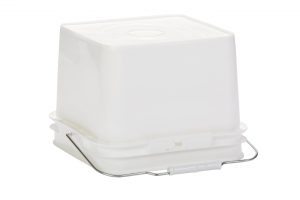
This Little Giant Bucket Feeder can be filled with a sugar/water syrup and placed over the inner cover to feed your bees over the winter
Time to insulate and ventilate
While insulating your hives is important, especially in the northern climates, it’s also equally important (and sometimes overlooked) to make sure your hives are ventilated, too. Without proper ventilation, the warm air generated by the bees will rise, hit the top cover and condense into water before falling back on the bees, which could end up drowning or freezing your bees.
One of the easiest and most helpful things you can do to help keep your bees warm this winter would be to provide some sort of windbreak, like a bale of straw to help block some of those cold winter winds before they reach the hive.
Use an entrance reducer to help control the amount of cold air that is allowed in to the hive, as well as keep curious critters out.
An inner cover is a great added layer of insulation for your hive that can easily be added or removed as needed. For an added layer of insulation, you can add newspaper, burlap and straw between the inner and outer cover. And as an added bonus, using these materials will help absorb any moisture created by the bees.
Wrapping your hives is something you’ll need to consider only if you live in a northern climate. We recommend using tar paper or a Bee Cozy wrap. Never use tightly wrapped plastic as it will suffocate your bees.
Just a few simple steps now will help set up you and your bees for a successful winter!


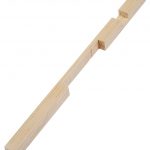
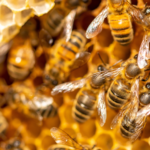
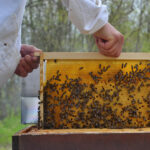
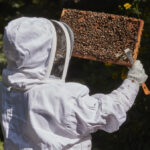
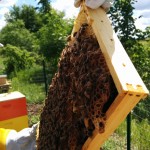

Leave a Reply